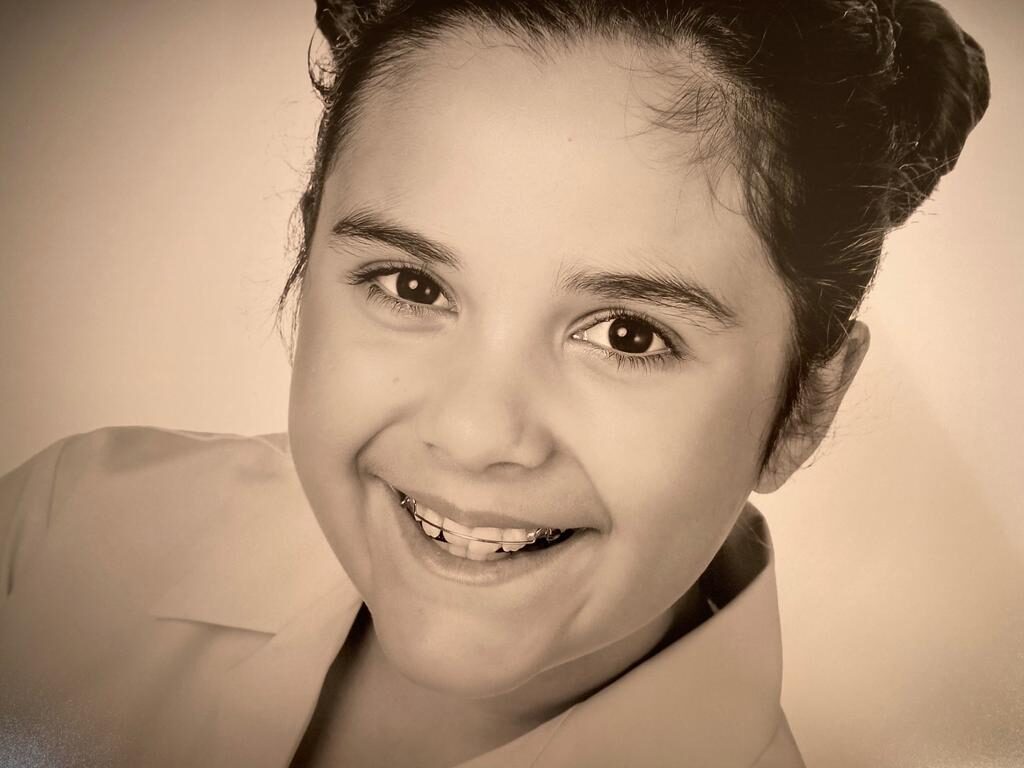17 Apr What is early intervention orthodontics?
Posted by: Dental Nurse NVQ Level 3
Medically reviewed by: Dr Jill Daus Specialist Orthodontist

We recommend that children see an orthodontist as early as age seven.
What is early intervention orthodontics?
by Willow Tree Dental and Orthodontic Centre in Orthodontics, and Children’s Dentistry
What sets early intervention orthodontic treatment apart from regular orthodontic care? Why might it be necessary for your child, and what long-term benefits can it offer? These are common inquiries surrounding the realm of early orthodontic intervention for children. We highly recommend scheduling an orthodontic assessment for your child as early as seven years old. During this examination, on of our Orthodontists Dr Joyti or Dr. Jill Daus will assess whether your child requires orthodontic intervention.
Early intervention orthodontics, often referred to as interceptive orthodontics, focuses on guiding the eruption of teeth and correcting malocclusion (abnormal bite) through timely interventions aimed at enhancing future outcomes. Typically, this is achieved through the use of straightforward fixed or removable orthodontic appliances.
How to tell if your child may need early intervention orthodontics
- Early or late loss of baby teeth (your child should typically start losing teeth around age five, and will have all the permanent teeth around age 13)
- Difficulty chewing and/or biting
- Mouth breathing
- Your child continues to suck a thumb after age five
- Speech impediments
- Protruding teeth (the top teeth and the bottom teeth extend away from each other)
- Teeth that don’t come together in a normal manner or even at all
- Shifting of the jaw when your child opens or closes the mouth (crossbites)
- Crowded front teeth around age seven or eight
Related: What causes crooked teeth?
What causes orthodontic problems, and how will early intervention benefit my child?
Orthodontic problems such as crowding of the teeth, too much space between them, jaw growth problems, protruding teeth, and bad bites can be inherited or caused by injury to the mouth, early or late loss of baby teeth, or thumb-sucking habits.
Most kids lose all their baby teeth by age 13. By the end of their teen years, the jaw bones will harden and stop growing. Orthodontic procedures for adults often take more time and can involve tooth extraction or oral surgery if crowding is severe or their jaws are malaligned. Early intervention orthodontic treatment as a child can help prevent the need for orthodontics as an adult, leaving little to no chance of extraction or surgery in the future.
If you feel that your child would benefit from interceptive orthodontic treatment and shows signs of needing orthodontic care, or you have been directed by your family dentist to visit the orthodontist, please contact us and schedule an appointment. Our team will provide your child with an initial orthodontic assessment with Jill or Joyti, our specialist orthodontists, to discuss with you the best steps to take toward caring for your child’s smile.
Thumb sucking
Thumb sucking can have a detrimental affect on children’s teeth. Over time the top teeth can be pulled forward and the bottom teeth pushed back. This can cause an anterior open bite, making speech and eating difficult. It can also be quite hard to hide as the lips have a hard time closing around the open bite.
Tongue Thrusting
A consequence of thumb sucking can be tongue thrusting. The brain is ‘taught’ to thrust the tongue forward even when the thumb is not inserted. This can cause continued problems with the slow movement outward of the upper teeth although the lower teeth are often corrected by this process.
Why should children have an early orthodontic assessment?
Early treatment can be far more minimal that treatment as a teen or as an adult.
We recommend children have an initial orthodontic screening by the age of 7. As by this time, the permanent incisors (front teeth) as well as the permanent first molars should have erupted. An evaluation at this time helps identify problems with future eruptions.
We can also evaluate growth discrepancies of the jaws, crossbites (when upper teeth hit inside the lower teeth), crowding, and the development of injury-prone dental protrusions. An early orthodontic assessment enables us to advise you if treatment will even be necessary, and if so, determine the best time for your child to be treated.
What are the benefits of an early intervention orthodontics?
· Guide the growth of the jaws
· Regulate the width of the upper and lower dental arches
· Guide erupting permanent teeth to desirable positions
· Lower the risk of traumatic injury to protruded upper incisors (front teeth)
· Help eliminate harmful oral habits such as thumb or finger sucking which can cause open bites
· Reduce or eliminate abnormal swallowing or some speech problems
· Improve personal appearance and self-esteem
· Potentially simplify and/or shorten treatment time for later comprehensive orthodontics
Related: 5 Reasons to see a dental hygienist
Book an Orthodontic Assessment at Willow Tree Dental Centre Today!
We enjoy seeing and treating our patients regularly. Meeting our orthodontic patients at a young age is always such a joy, as we see them regularly enough to watch them grow into their beautiful confident smiles!

Sorry, the comment form is closed at this time.